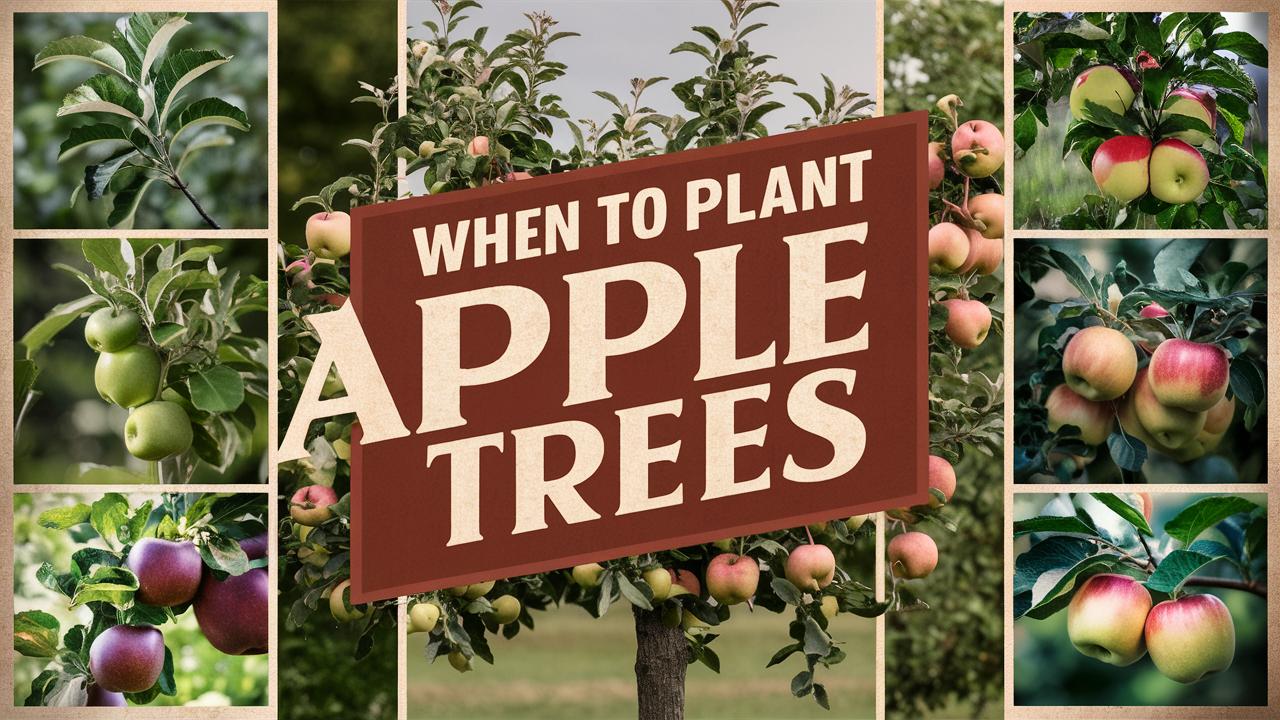In this guide, we’ll explore the intricacies of timing your apple tree planting to ensure your garden thrives.
Understanding Climate Zones
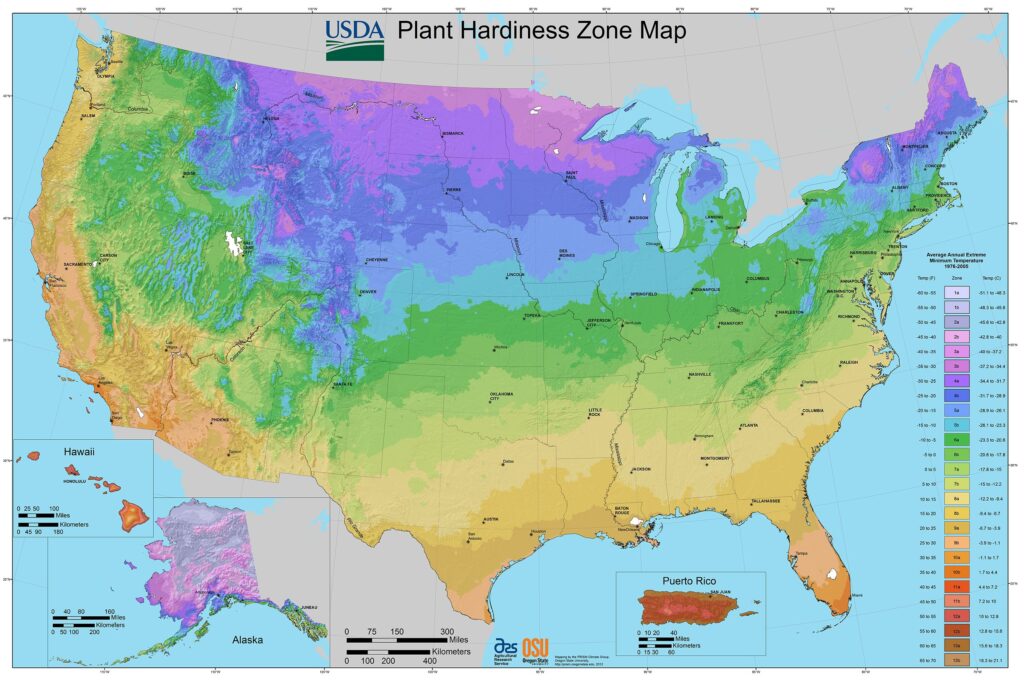
The first step in determining when to plant apple trees is to understand your local climate. Apple trees are sensitive to temperature fluctuations and can thrive in various hardiness zones. The USDA Plant Hardiness Zone Map is an excellent resource for identifying your zone based on average annual minimum winter temperatures.
Typically, apple trees do best in Zones 3 to 8. In cooler climates, late spring is ideal, as the risk of frost passes and the soil warms up. Conversely, in milder climates, early spring or even early fall can be suitable for planting. In warmer areas, be cautious of harsh summer heat that can hinder young tree establishment, making early spring the better choice.
The Ideal Season for Planting

Apple trees can be planted in two main seasons: spring and fall. Each season has its benefits, and the best choice largely depends on your climate and soil conditions.
Spring Planting
Spring is often regarded as the best time to plant apple trees, particularly for those in colder regions. The soil is beginning to warm up, which encourages root growth and allows your tree to establish itself before the heat of summer sets in. Here are some advantages of spring planting:
Soil Temperature: As the temperatures rise in spring, soil loosens, promoting better root development. Warm soil also helps in nutrient absorption.
Frost Risk: Late frosts can still occur in early spring, but if you wait until the danger of frost has passed—generally by mid-April in many regions—your trees will be less susceptible to damage.
Growth and Establishment: With three to four months of growing season ahead, newly planted trees have ample time to establish roots before winter.
Fall Planting
Planting apple trees in the fall can also be an excellent option, particularly for moderate climates. This method allows trees to acclimate before the harsh winter months. Here are the benefits of fall planting:
Calculate Timing: Late summer to early fall is ideal, providing a period for roots to grow before the onset of winter. Aim to plant six weeks before the ground freezes.
Less Stress on Trees: Fall’s cooler temperatures reduce stress on young trees as they establish. The lower temperatures also mean less energy is required for transpiration, allowing trees to focus on root growth.
Spring Growth Boost: Trees planted in the fall will burst into growth in early spring since they’ve already established roots during the winter months.
Considerations for Your Location

Knowing your local climate is essential; however, there are additional considerations to keep in mind that can affect the timing of your apple tree planting.
Soil Conditions
The type and condition of the soil will drastically impact growth. Well-drained soils are crucial, as apple trees do not tolerate soggy feet. Testing your soil before planting is a wise move, establishing pH, nutrients, and organic matter content. Amendments such as compost can improve soil health. If your soil is heavy clay or sandy, consider planting your apple trees in raised beds to ensure proper drainage and temperature management.
Apple Tree Variety
Different apple varieties have unique requirements and growth patterns. Some varieties might be more suited for one planting time over another. Researching the specific needs of the variety you choose, such as Winter Banana, Honeycrisp, or Granny Smith, will help you plant at the optimal time. Late-bearing varieties, for example, may benefit more from being planted in spring rather than fall, considering their frost sensitivity.
Preparation Before Planting
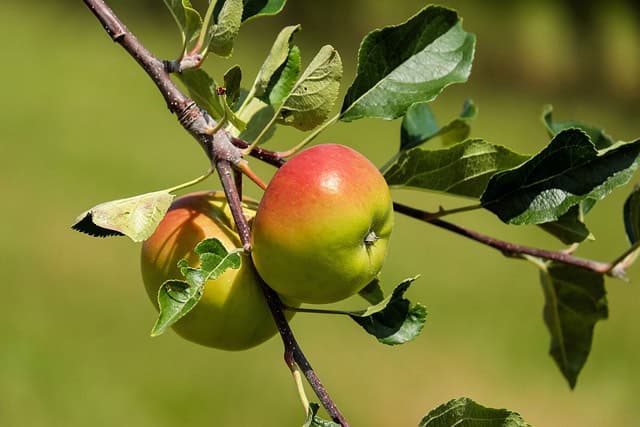
To increase your chances of success, a little preparation goes a long way. Here are some steps to take:
Select Healthy Trees: Purchase your apple trees from a reputable nursery. Look for healthy, disease-free specimens with strong roots and no signs of pest infestations.
Plan Your Layout: Apple trees require ample space for growth—consider spacing recommendations, which often suggest 15 to 20 feet between standard trees and closer for dwarf varieties. Proper spacing not only ensures each tree gets sunlight but also allows for easy maintenance.
Check for Pollination Needs: If you want a good yield, ensure you have the appropriate number of trees for cross-pollination. Some apple varieties are self-pollinating, but most benefit from another variety nearby.
The Planting Process
Once you’ve determined the best time to plant your apple trees and have prepared your site, you’re ready for planting.
Digging the Hole: The planting hole should be about twice the width and as deep as the root ball of the tree. Ensure the sides of the hole aren’t compacted to allow roots to spread easily.
Backfill Properly: When placing the tree in the hole, make sure the graft union (the bulge on the trunk where the tree has been grafted onto rootstock) is at soil level. Fill in the hole with soil while ensuring there are no air pockets around the roots.
Watering: After planting, give the tree a deep watering to help settle the soil and promote root establishment. Maintain watering throughout the growing season, especially during dry periods.
Mulching: Apply a layer of organic mulch around the base of the tree but avoid piling it against the trunk. Mulch helps retain moisture and suppress weeds.
Aftercare Following Planting
After your apple trees are in the ground, nurturing them through their first year is crucial.
Regular Watering: Young trees require consistent watering, especially during dry spells. Generally, 1-2 inches of water per week is a good rule of thumb. Consider using drip irrigation to provide a steady supply without waterlogging the roots.
Fertilization: Once your trees are established, you might consider a balanced fertilizer in early spring. Testing the soil beforehand can help customize your fertilization plan.
Pruning: The first year isn’t typically the time for heavy pruning, but if your young tree has damaged or crossing branches, it’s okay to trim them. Pruning during dormancy in late winter or early spring will help shape the tree for future growth.
Common Challenges in Apple Tree Cultivation
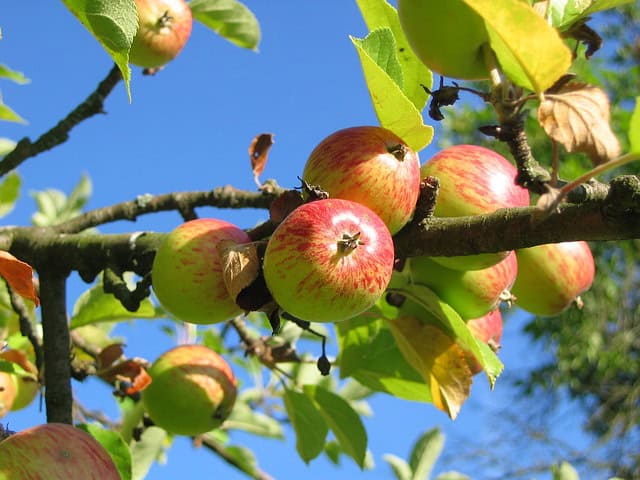
Even with optimal timing and care, you may run into some challenges along the way. Here are a few common issues and solutions:
Pests and Diseases
Apple trees are susceptible to various pests and diseases, such as apple scab, fire blight, and codling moth. Proper care includes:
Choosing Resistant Varieties: Some apple varieties are more resilient to pests and diseases.
Routine Inspections: Regularly check your trees for signs of stress or infestation.
Natural Remedies: Promoting beneficial insects and using organic pesticides can manage pest problems without harming the ecosystem.
Environmental Stress
Extreme weather, such as untimely frosts, drought, or heat waves, can severely affect apple tree growth. Consider:
Microclimates: Planting trees in sheltered locations can mitigate some weather-related stress.
Protection During Frost: If a late frost threatens flowering trees, covering them with blankets can shield the blossoms.
The Reward: Enjoying Your Apples
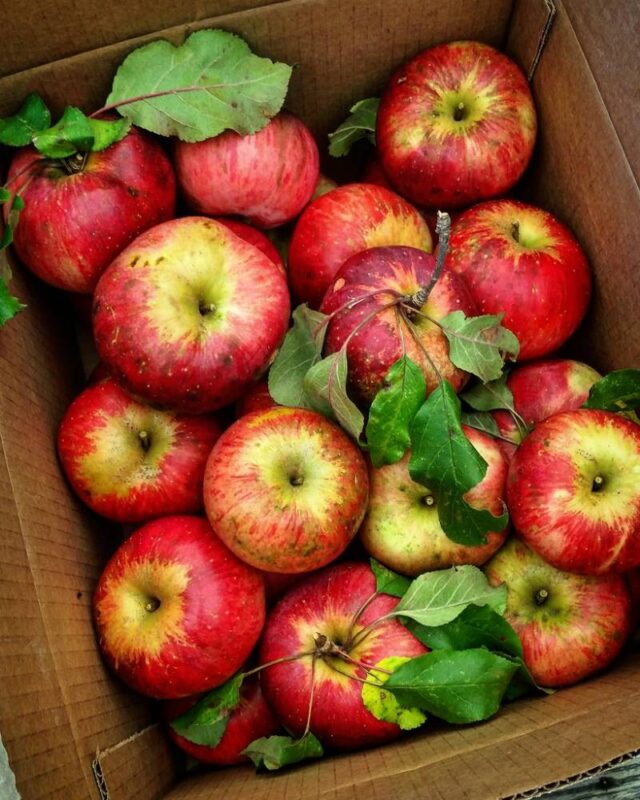
While the journey to planting apple trees can feel like a lengthy commitment, the satisfaction of harvesting your first crop makes it all worthwhile. Depending on the variety you select, you might expect a small yield in two to three years, with full production starting around five to seven years.
The joy of picking sun-warmed apples from your own trees and perhaps enjoying homemade pies, cider, or simply fresh slices on a sunny afternoon is an incredible experience. It brings not just nourishment, but also a sense of pride and accomplishment.
Conclusion: The Fruits of Your Labors
The decision on when to plant apple trees is critical and varies significantly based on location, climate, and tree variety. By focusing on the right timing—whether in spring or fall—and preparing properly, you can set the stage for your apple trees to flourish. Regular care, attention to detail, and an understanding of the challenges will help you nurture your trees through the seasons, rewarding you with sweet, delicious apples.


